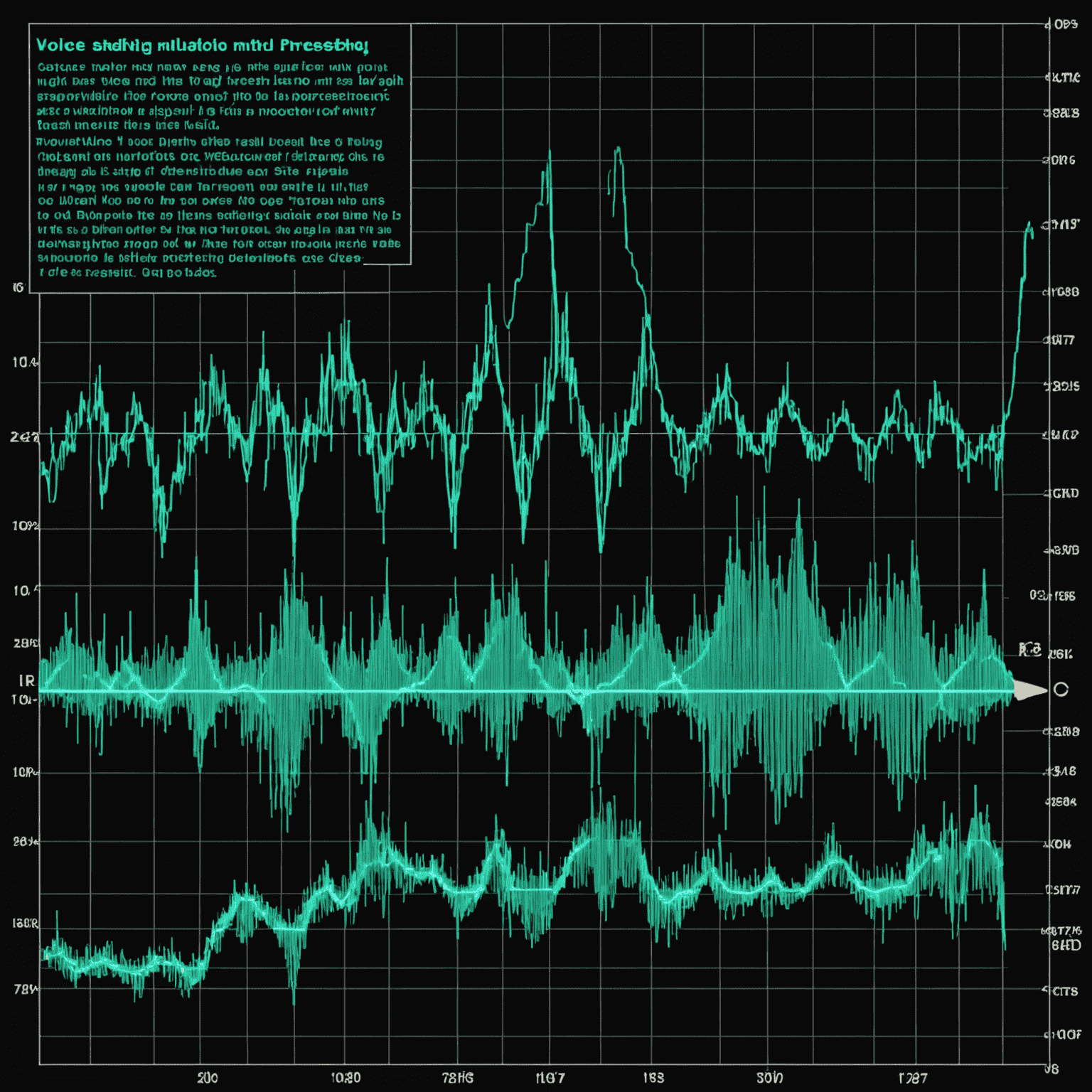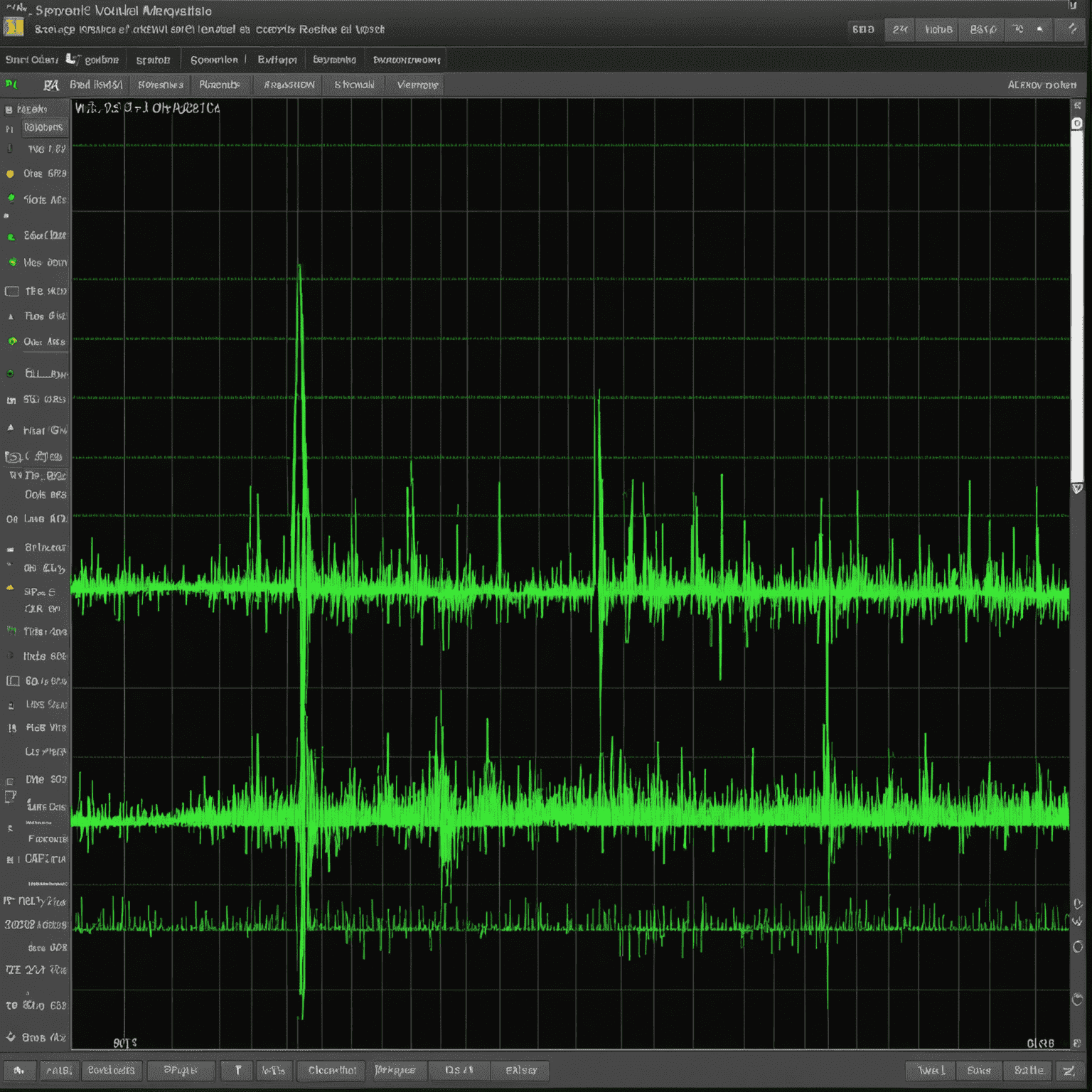The Science Behind Voice Modulation

Voice changing technology has revolutionized the way we interact with audio, offering fascinating possibilities in entertainment, communication, and even security. Let's delve into the technical aspects that make this possible.
Pitch Shifting: The Foundation of Voice Modulation
At the core of voice modulation lies pitch shifting. This technique involves altering the perceived pitch of an audio signal without affecting its duration. Modern pitch shifting algorithms use complex mathematical operations to manipulate the frequency components of a voice signal, allowing for seamless transitions between different pitches.
Formant Manipulation: Crafting Unique Vocal Characteristics
Formants are the resonant frequencies of the vocal tract that give each voice its unique timbre. By manipulating these formants, voice changing technology can transform a male voice into a female voice, or vice versa, and create a wide range of character voices. This process involves sophisticated spectral analysis and resynthesis techniques.

Digital Signal Processing: The Engine of Voice Transformation
Digital Signal Processing (DSP) is the powerhouse behind real-time voice modulation. DSP algorithms analyze incoming audio signals, break them down into their constituent parts, apply the desired modifications, and reconstruct the signal—all in a fraction of a second. This process involves:
- Fast Fourier Transforms (FFT) for spectral analysis
- Time-domain and frequency-domain processing
- Filtering and equalization
- Resampling and interpolation
Real-Time Processing: The Challenge of Latency
One of the biggest challenges in voice modulation is achieving low latency for real-time applications. Developers must optimize their algorithms to process audio streams with minimal delay, ensuring a seamless user experience. This often involves trade-offs between audio quality and processing speed.
The Role of Machine Learning
Recent advancements in machine learning have opened new frontiers in voice modulation. Neural networks can now be trained to recognize and replicate complex vocal patterns, allowing for even more realistic and nuanced voice transformations. This technology is pushing the boundaries of what's possible in voice changing applications.

Conclusion: The Future of Voice Modulation
As technology continues to advance, we can expect even more sophisticated voice modulation techniques to emerge. From enhanced realism in gaming and virtual reality to new possibilities in telecommunications and accessibility, the science behind voice changing is paving the way for exciting innovations in how we perceive and interact with sound.